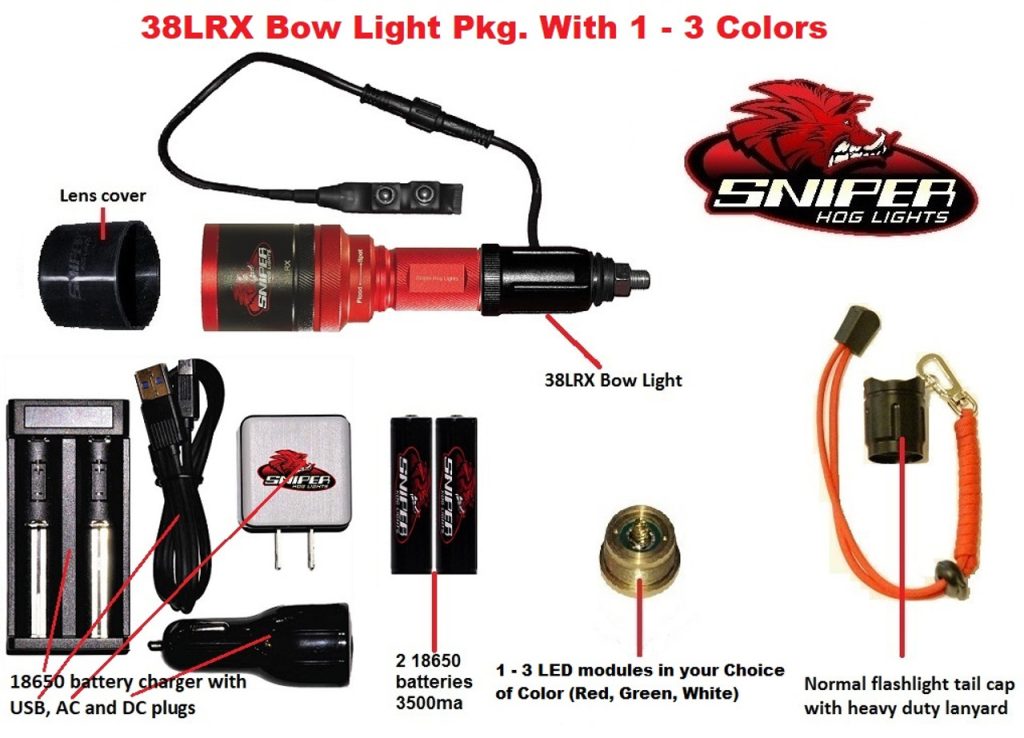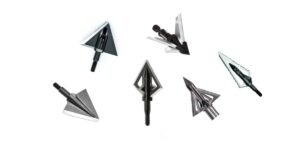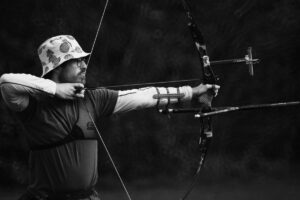Embarking on a moonlit adventure, you step into the realm of wild hog hunting, armed with determination and your hog light.
The question lingers: Can this specialized tool truly outsmart the wild hog’s senses?
Do wild hogs actually see Red light? Yes. They can detect the presence of red light, but it doesn’t trigger a sudden strong response.
However, if the intensity of the red light is significantly heightened, they will eventually notice. Join me as we delve deep into the captivating world of nighttime wild hog hunting.
TL;DR
Nighttime wild hog hunting involves using red lights strategically to remain concealed. Wild hogs can see red light but are less sensitive to it than blue and green. Night vision technology and the right light tactics enhance your hunting success. Hogs are not inherently nocturnal but can become more active at night due to hunting pressure. Night vision hunting and baiting can increase success, but hunters must know local regulations and restrictions.
Contents (Jump to Topic)
ToggleHunting Wild Hogs at Night
Your pursuit of wild hogs under cover of night demands an understanding of their vision, light perception, and the tactical brilliance of hog lights.
The wild hog, well-versed in navigating moonlit landscapes, relies on keen night vision.
Here’s where your advantage lies: the strategic use of red lights, cleverly chosen to stay concealed from the vigilant hogs.
Hog lights, meticulously designed for this endeavor, harness the power of red light, ensuring your approach remains hidden while you illuminate your quarry.
And don’t forget the night vision technology that can make darkness an ally, granting you an edge in the hunt.
Hunting Wild Hogs with Sniper Hog Lights
Decoding Wild Hog Vision
The wild hog’s eyes are a gateway to understanding their world – a crucial element in crafting your hunting strategy.
Let’s unravel four crucial aspects of their visual prowess:
- Nocturnal Adaptation: Wild hogs thrive in low-light conditions, making them masters of the moonlit terrain.
- Color Sensitivity: While they see a spectrum of all colors, blue and green light hold particular sway over their senses. This sensitivity influences their responses and behavior.
- The Red Light Myth: The truth – wild hogs do perceive red light, albeit less acutely than blue and green. This revelation solidifies red lights as the hunter’s stealthy ally.
- Behavior Blueprint: The color of light paints their reactions. Green might work fine, but red if increased slowly in intensity and up to a certain intensity, won´t bother them much at all.
Incorporating night vision technology and deploying the right light tactics can heighten your night hunting endeavors while preserving the essence of the wild hogs’ environment.
read.. do deer go near cows?
Science Behind Night Hunting Lights
Wild mammals like hogs, pigs, varmints, and predators have dichromatic vision, using two pigment cones to blend colors.
Many non-mammal animals have just one pigment cone, seeing in black and white.
For hunters: Hogs, varmints, and predators will excel at seeing blue light but struggle as the wavelength increases.
Navigating Nocturnal Challenges
Pursuing wild hogs under the cover of darkness presents challenges – from locating your elusive target to mastering effective hunting methods.
Your night-hunting toolkit encompasses more than mere determination; it includes adapting to reduced visibility.
Artificial lights, like the Sniper 38LRX Bow mounted light, serve as your guiding stars, illuminating the realm and uncovering the secrets of the night.
These lights are crafted to elevate your night hunting skills, ensuring undisturbing vision and a higher probability of success.
Are Hogs Nocturnal?
Hogs by definition, are not nocturnal animals. They do not have this thin layer of reflective tissue on the back of their retina called tapetum lucidum.
While pigs are normally diurnal and rest at night, hunting pressure can make them shift their activity patterns and become more active during the night.
It’s not uncommon for pigs to turn somewhat nocturnal when they face hunting pressure. This means they need to rely on other senses such as smell and hearing to navigate in the dark.
Pigs have a strong sense of smell and their hearing is quite developed, allowing them to detect potential threats
Maximizing Nighttime Hog Hunting Success
Most hunters think they can just go out and shoot a hog. Bringing down a hog takes skill, understanding, and sometimes even top-level knowledge. But hunting hogs at night has a lot of advantages.
- Hogs are often nocturnal, and an invasive species, so hunting them at night gives hunters the best chance to thin out their numbers.
- Under certain conditions, hogs can be highly active at night and can go nocturnal if there’s too much hunting pressure.
- Hunting nighttime hogs with night vision is the best way to increase your success rate. Try a binocular night vision system to control your hog population.
- Baiting is an excellent way to get pigs on a pattern and position them for shot opportunities.
Even if you’re night vision hunting and scouting, you should bring good lighting for post-kill activities. A good headlamp is safer and more versatile than a spotlight.
Before You Go …
It is important for you to be aware of the regulations and restrictions regarding night hunting.
Different regions may have specific rules in place, such as restrictions on the use of certain types of lights or limitations on hunting hours.
So, arm yourself with knowledge and gear, for the world of wild hog hunting under the moon’s watchful gaze awaits your skillful pursuit.







